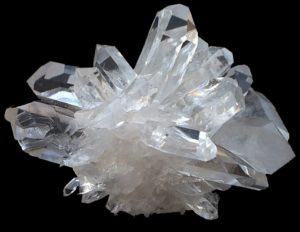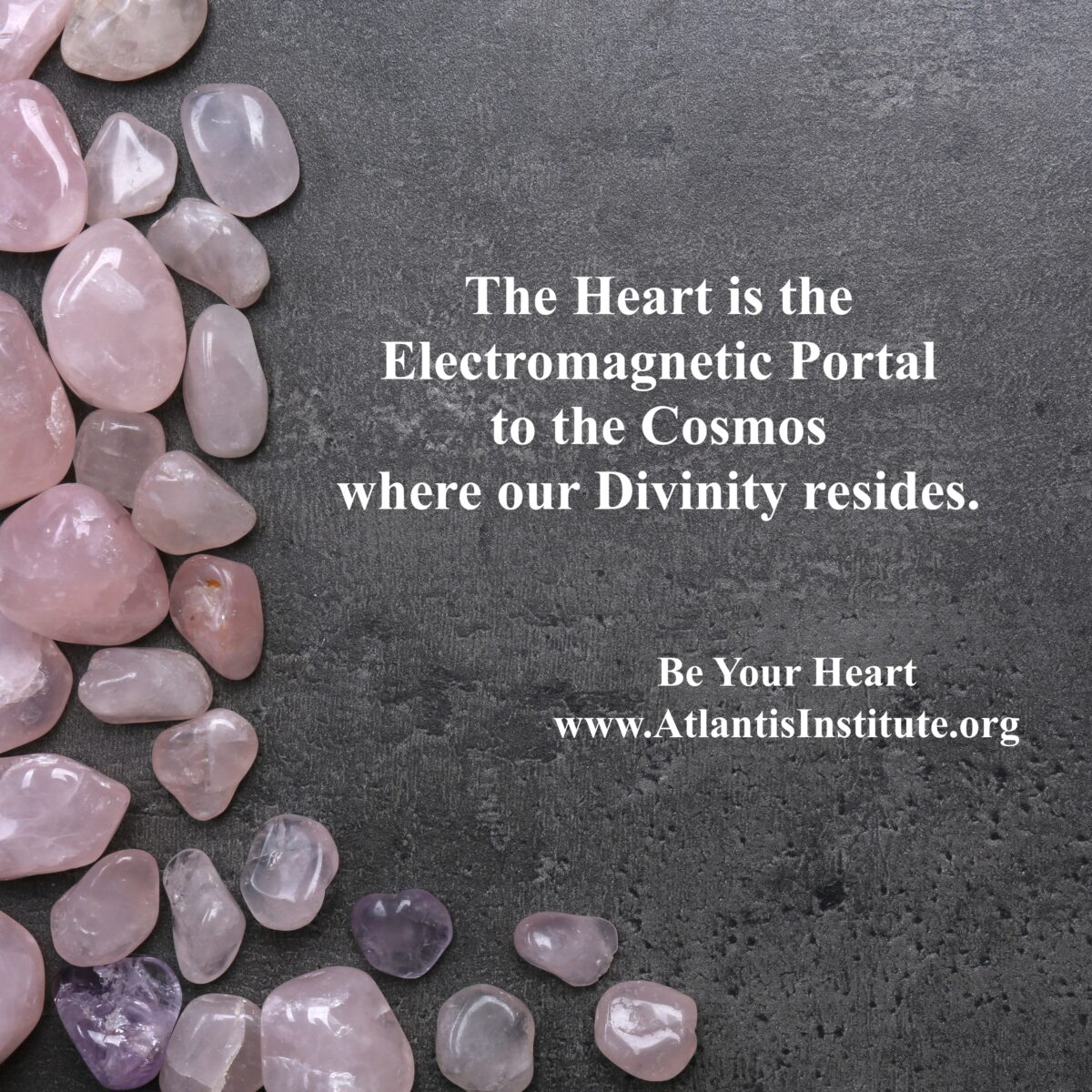AMERTRINE - Atlantis Institute Crystals Encyclopedia
Origin
Ametrine is a crystal of primary formation which means it was formed from molten magma. This usually happens in cavities in volcanoes where the combination of chemistry and structural arrangements of mineral deposits, atoms and substances pass from gas or liquid into a solid-state or by means of going out of solution by precipitation or evaporation. Ametrine is a silicate mineALEXANDRITE - Atlantis Institute Crystals Encyclopedia
Origin
Alexandrite is an extremely rare gemstone initially discovered in the Sanarka River in Russia's southern Ural Mountains. The chemical composition exhibits Chrysoberyl's variants consisting of a chrysoberyl cat's eye and transparent Chrysoberyl, yet has chromium as an impurity along with iron and titanium, which accounts for its distinctive ability to change colour. The only type oAMETHYST – Atlantis Institute Crystal Encyclopedia
Origin
Amethyst is a primary crystal formation created when the molten magma from volcanic explosions colls and forms into igneous rock. This usually happens in cavities in volcanoes where the combination of chemistry and structural arrangements of mineral deposits, atoms and substances pass from gas or liquid into a solid-state or by means of going out of solution by precipitation or evaporatiAMBER - Atlantis Institute Crystals Encyclopedia
Origin
Amber is derived from fossilised tree resin and can also be found in coal seams, where it is termed as resinite. Therefore not technically a Crystal The types of Amber vary due to the degree and mix of chemical compounds. As Amber originates as a soft and sticky resin mass that transforms to copal, it can also contain traces of plant and animal inclusions. Amber can be found along coasts as it is cast upAMAZONITE - Atlantis Institute Crystals Encyclopedia
Origin
A subdivision of Feldspar is Alkali Feldspar which is typically rich in potassium, and from this evolves the Microcline type, which is mainly white or pale yellow. In rare cases, the Microcline may appear a blue | or green colour, which is then termed the semi-precious stone, Amazonite. Amazonite is created in sedimentary and metamorphic rocks when potassium-rich hot silica acid chaAGATE – Atlantis Institute Crystals Encyclopedia
Origin
Agate is a crystal of primary formation, meaning it was formed from molten magma. This usually happens in cavities in volcanoes where the combination of chemistry and structural arrangements of mineral deposits, atoms and substances pass from gas or liquid into a solid state or by means of going out of solution by preci

| Disthene | Kyanite - International Crystals Encyclopedia https://www.atlantisinstitute.org/ | ||||||||
| Referred to as Kyanite for this report | ||||||||
| Origin - the place or situation from which something comes, the beginning of something’s existence, t
Apatite Blue
Apatite, Blue – Atlantis Institute Crystal EncyclopediaOriginApatite is a group of phosphate minerals associated with fluorapatite, chlorapatite and hydroxyapatite with high levels of a variety of ions within. The gemstones are found in pegmatites or other igneous formations. It is found in fossils and other sediments, where
Calcite
Yellow Calcite – Atlantis Institute Crystal EncyclopediaOriginCalcite is a carbonate mineral of secondary formation that is common to sedimentary rocks, including limestone, yet much of which is formed from the shells of long dead marine organisms. Calcite forms in two stages. The particles from amorphous calcium carbonate
Chalcedony
|

















